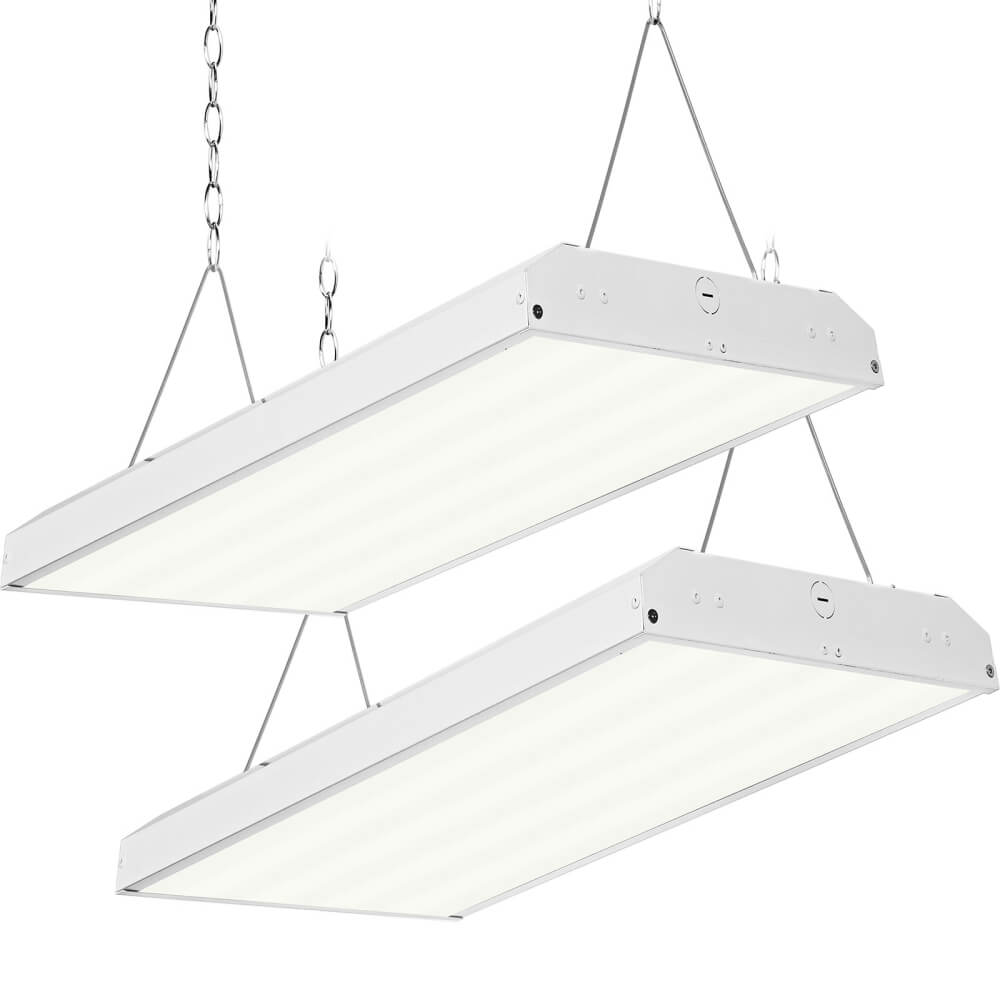Revolutionizing Industrial Automation: The Benefits of Smart Sensor LED High Bay Lights
الجسم
Industrial automation has seen a significant transformation in recent years, with the introduction of smart sensor LED high bay lights revolutionizing the way industrial facilities operate. These innovative lighting solutions offer a wide range of benefits, from energy efficiency to improved safety and productivity. In this article, we will explore the various advantages of smart sensor LED high bay lights and their impact on industrial automation.

Enhanced Energy Efficiency
One of the key benefits of smart sensor LED high bay lights is their enhanced energy efficiency. These lights are designed to consume significantly less energy compared to traditional lighting systems, resulting in substantial cost savings for industrial facilities. The integration of smart sensors further enhances energy efficiency by automatically adjusting light output based on occupancy and natural light levels. This not only reduces energy consumption but also extends the lifespan of the lights, resulting in lower maintenance costs.
Improved Safety and Productivity
Smart sensor LED high bay lights play a crucial role in enhancing safety and productivity within industrial facilities. The intelligent sensors detect motion and occupancy, ensuring that the lights are only activated when needed. This not only reduces energy wastage but also provides a well-lit environment for workers, minimizing the risk of accidents and improving overall productivity. Additionally, the ability of these lights to adjust their brightness based on natural light levels creates a more comfortable and productive working environment for employees.
Remote Monitoring and Control
Another significant advantage of smart sensor LED high bay lights is their capability for remote monitoring and control. Industrial automation systems can integrate these lights into their network, allowing facility managers to monitor and control lighting operations from a centralized location. This level of control enables proactive maintenance, automatic fault detection, and the ability to fine-tune lighting settings for optimal energy efficiency. Furthermore, the integration of smart sensor LED high bay lights with industrial automation systems paves the way for advanced data analytics and insights into energy usage patterns.
Adaptability and Customization
Smart sensor LED high bay lights offer a high degree of adaptability and customization to suit the specific needs of industrial facilities. The integration of smart sensors enables these lights to adapt to changing environmental conditions, such as occupancy patterns and natural light levels. Additionally, the ability to customize lighting settings and schedules allows facility managers to create tailored lighting solutions that align with operational requirements. This level of adaptability and customization not only enhances energy efficiency but also contributes to a more sustainable and environmentally friendly industrial automation ecosystem.
In conclusion, smart sensor LED high bay lights have revolutionized industrial automation by offering a wide range of benefits, including enhanced energy efficiency, improved safety and productivity, remote monitoring and control, and adaptability and customization. These innovative lighting solutions have become an integral part of modern industrial facilities, driving efficiency, sustainability, and cost savings. As industrial automation continues to evolve, smart sensor LED high bay lights will undoubtedly play a pivotal role in shaping the future of industrial lighting and energy management.











تعليقات